Home>Home Appliances>Home Automation Appliances>Why Does My Thermostat Need Batteries
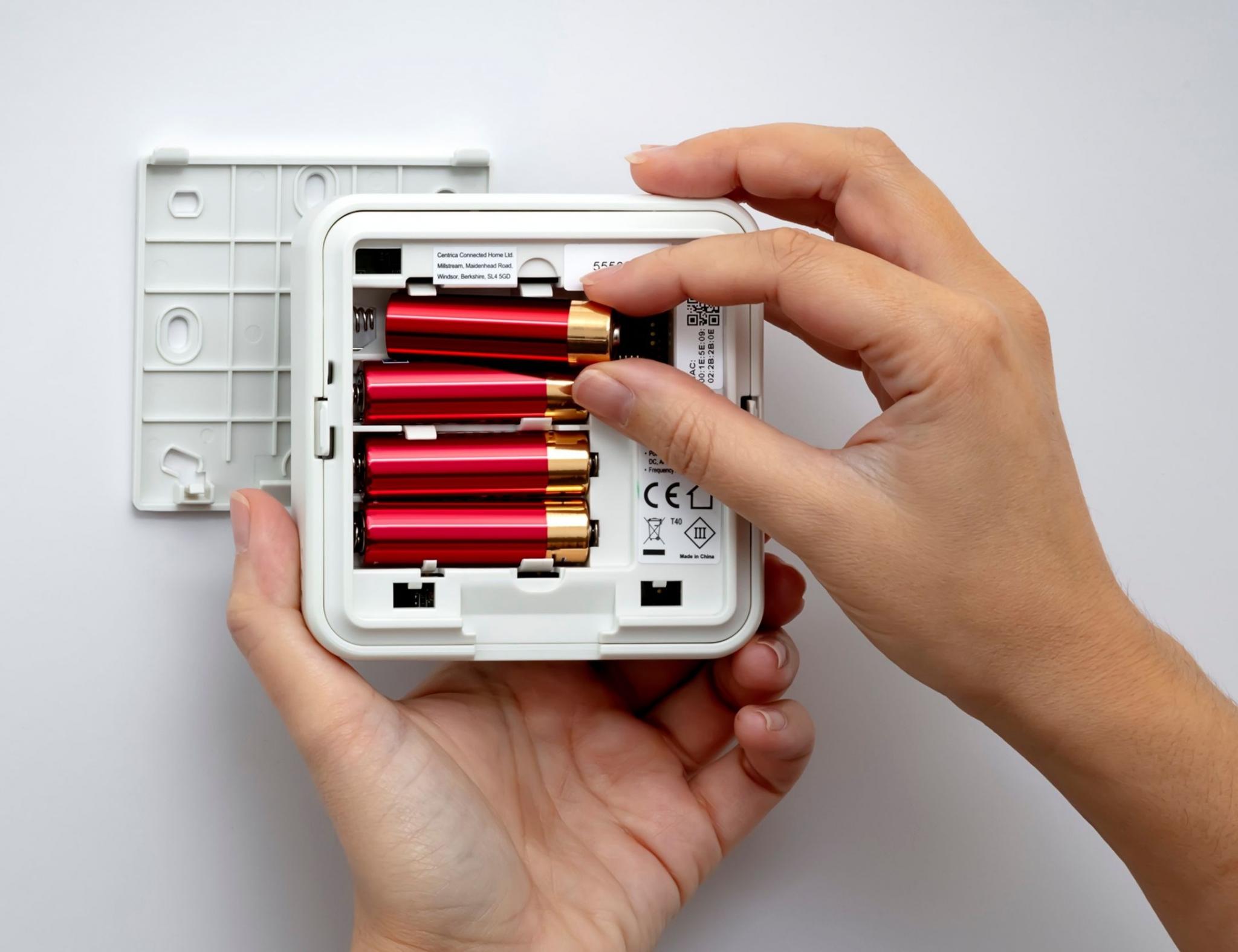

Home Automation Appliances
Why Does My Thermostat Need Batteries
Published: January 1, 2024
Ensure smooth functioning of your home automation appliances by understanding why your thermostat needs batteries. Learn how to maintain your devices for optimal performance.
(Many of the links in this article redirect to a specific reviewed product. Your purchase of these products through affiliate links helps to generate commission for Storables.com, at no extra cost. Learn more)
Introduction
When it comes to home automation, the thermostat plays a pivotal role in maintaining a comfortable indoor environment. It serves as the command center for your heating and cooling systems, allowing you to regulate the temperature according to your preferences. However, have you ever wondered why your thermostat needs batteries to function? In this article, we will delve into the inner workings of thermostats, explore the reasons behind their battery operation, discuss battery life and replacement, and provide a comprehensive understanding of this essential component of modern home comfort control. So, let's embark on a journey to unravel the mysteries behind the battery-powered thermostat.
Key Takeaways:
- Thermostats need batteries to keep working during power outages and to retain your temperature settings, making sure your home stays comfortable even when the electricity goes out.
- By using batteries, thermostats are easier to install, can be placed anywhere in your home, and only need battery replacements every one to two years for consistent performance.
Read more: Why Does My Thermostat Turn Off
How a Thermostat Works
A thermostat serves as the bridge between you and your HVAC (Heating, Ventilation, and Air Conditioning) system, allowing you to set and maintain the desired indoor temperature. The basic functionality of a thermostat involves monitoring the current temperature and comparing it to the set temperature. When the actual temperature deviates from the set value, the thermostat triggers the heating or cooling system to restore the desired temperature level.
Modern thermostats are equipped with advanced sensors, such as thermistors, that accurately measure the ambient temperature. Additionally, they may include humidity sensors to provide a comprehensive climate control experience. The thermostat’s intelligent programming enables it to adapt to your schedule, making automatic adjustments to conserve energy when you are away and ensure comfort when you are at home.
Furthermore, smart thermostats have revolutionized home climate control by integrating Wi-Fi connectivity and compatibility with virtual assistants. This enables remote temperature adjustments through smartphone apps and voice commands, adding a new dimension of convenience and energy efficiency to the equation.
In essence, the thermostat acts as the orchestrator of your indoor climate, constantly monitoring and regulating the temperature to create a comfortable living environment while optimizing energy usage. Understanding the fundamental operation of a thermostat sets the stage for comprehending the necessity of its battery operation.
Reasons for Battery Operation
One might wonder why a device that is typically connected to a constant power supply, such as the HVAC system, would require batteries. The primary reason for the inclusion of batteries in a thermostat is to ensure uninterrupted operation in the event of a power outage. While the HVAC system itself may be powered by the electrical grid or a dedicated circuit, the thermostat relies on batteries as a failsafe, allowing it to maintain functionality during power interruptions.
Moreover, battery operation enables the thermostat to retain its programmed settings and preferences in memory, even when disconnected from the main power source. This ensures that your customized temperature schedules and climate control settings remain intact, providing a seamless transition when power is restored. Without battery backup, a power outage could result in the loss of all programmed data, requiring you to reconfigure the thermostat settings from scratch.
Additionally, the use of batteries eliminates the need for complex wiring configurations, making thermostat installation more straightforward and versatile. This is particularly advantageous when retrofitting older homes with existing HVAC systems, as it simplifies the upgrade process without necessitating extensive electrical modifications.
Furthermore, battery-powered thermostats offer increased portability and flexibility, allowing homeowners to relocate or reposition them without being constrained by electrical wiring considerations. This agility in placement facilitates optimal sensor readings and enhances the overall effectiveness of the thermostat in regulating indoor temperatures.
Ultimately, the incorporation of batteries in thermostat design serves as a strategic measure to ensure continuous operation, preserve user settings, simplify installation, and enhance flexibility, thereby contributing to a reliable and user-friendly home climate control system.
Check the manufacturer’s instructions for your thermostat to determine the type of batteries it requires. Most thermostats use AA or AAA batteries, but some may use different sizes. Always use the recommended battery type for optimal performance.
Battery Life and Replacement
The longevity of a thermostat’s battery life is a crucial factor in its overall performance and user experience. The typical battery life of a thermostat varies depending on several variables, including the type of batteries used, the frequency of temperature adjustments, and the specific model of the thermostat. In general, alkaline batteries, commonly utilized in thermostats, can provide reliable power for one to two years under normal usage conditions.
It is important to monitor the battery status of your thermostat regularly to ensure uninterrupted operation. Many modern thermostats feature low-battery indicators, alerting users when the battery power is running low. This proactive notification system enables homeowners to replace the batteries before they deplete completely, preventing any disruption in climate control functionality.
When it comes to replacing the batteries in your thermostat, it is essential to follow the manufacturer’s guidelines to guarantee optimal performance. Typically, the battery compartment is easily accessible, allowing for straightforward battery replacement without the need for specialized tools. It is advisable to use high-quality alkaline batteries from reputable brands to maximize the lifespan of the new batteries and minimize the frequency of replacements.
During the battery replacement process, it is recommended to take note of the thermostat’s settings and configurations to ensure that they are preserved during the battery swap. Some thermostats may feature backup capacitors that retain the settings during battery replacement, while others may require reprogramming after the new batteries are installed. Consulting the user manual or contacting the manufacturer’s support can provide valuable insights into the specific battery replacement procedure for your thermostat model.
By maintaining a proactive approach to battery management, including periodic checks and timely replacements, homeowners can optimize the performance and reliability of their thermostat, ensuring consistent and efficient climate control within their living spaces.
Conclusion
Understanding the significance of batteries in thermostat operation unveils the critical role they play in ensuring continuous functionality, preserving user settings, and simplifying installation and relocation. The marriage of advanced sensor technology, intelligent programming, and battery-powered resilience empowers thermostats to orchestrate the optimal indoor climate while adapting to the dynamic needs and preferences of homeowners.
As we navigate the realm of home automation and climate control, the thermostat stands as a beacon of innovation, seamlessly integrating traditional HVAC systems with modern convenience and energy efficiency. The reliance on batteries as a fail-safe mechanism underscores the commitment to uninterrupted comfort, even in the face of power disruptions.
By embracing the proactive management of battery life and replacement, homeowners can uphold the peak performance of their thermostats, ensuring a consistent and reliable climate control experience. The synergy between battery technology and thermostat functionality epitomizes the harmonious convergence of reliability, innovation, and user-centric design in the realm of home automation appliances.
In essence, the humble thermostat, with its unassuming battery compartment, serves as a testament to the intricate fusion of technology and practicality, enriching our lives with comfort and control. As we embark on the journey of modern home living, the thermostat stands as a steadfast companion, faithfully regulating our indoor climate and enhancing our overall well-being.
So, the next time you glance at your thermostat, nestled inconspicuously on the wall, take a moment to appreciate the silent yet indispensable role it plays in enriching your home environment, powered by the unassuming energy of its batteries.
Frequently Asked Questions about Why Does My Thermostat Need Batteries
Was this page helpful?
At Storables.com, we guarantee accurate and reliable information. Our content, validated by Expert Board Contributors, is crafted following stringent Editorial Policies. We're committed to providing you with well-researched, expert-backed insights for all your informational needs.
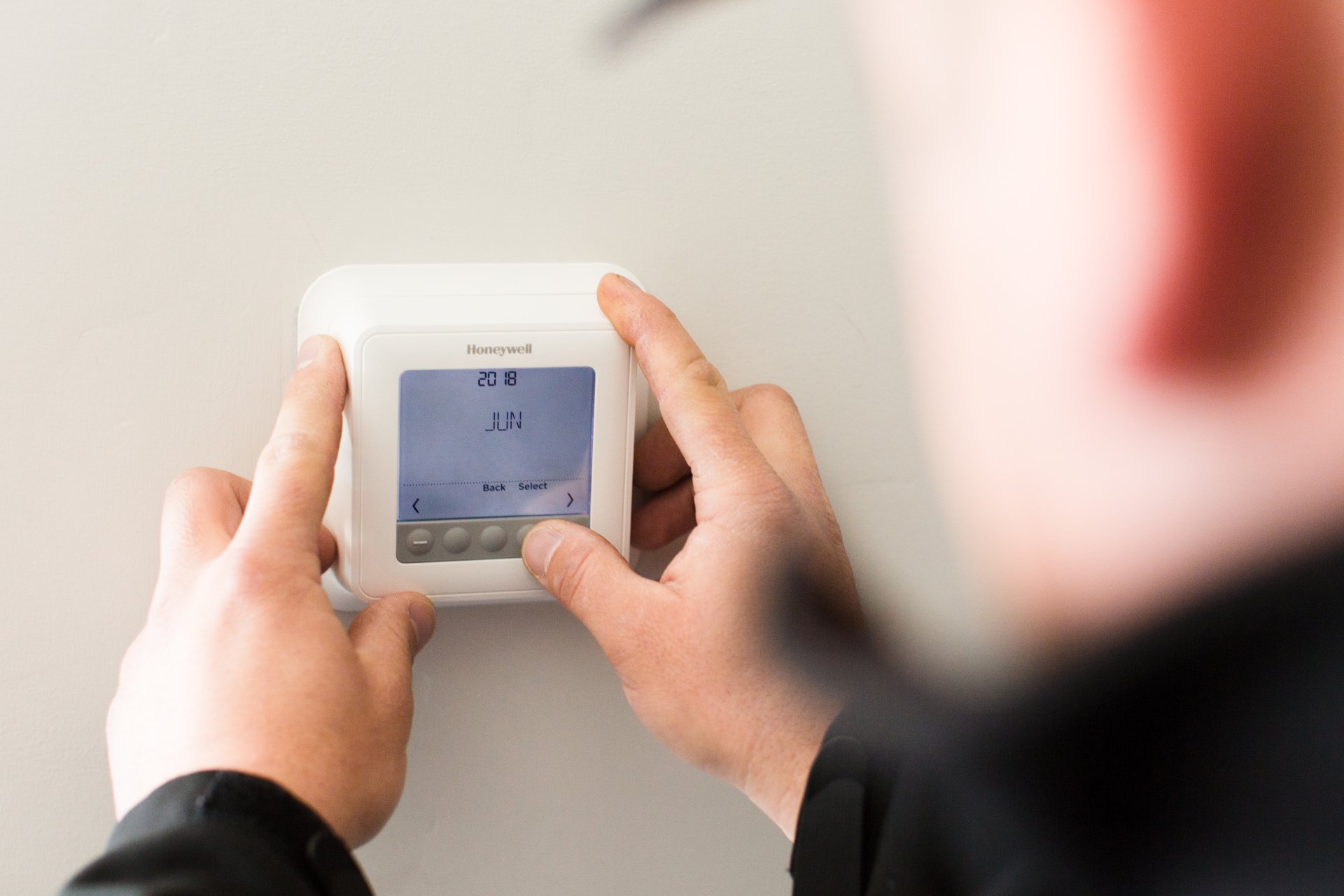
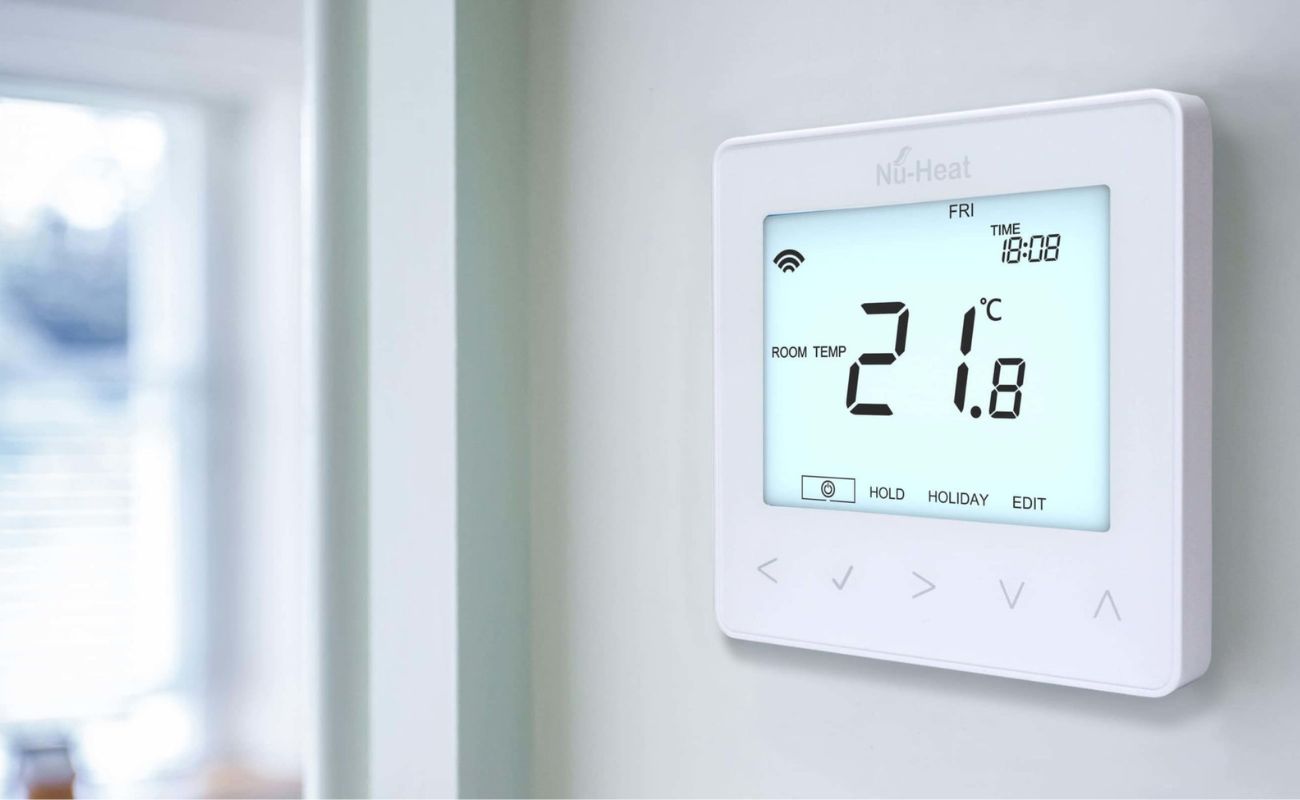
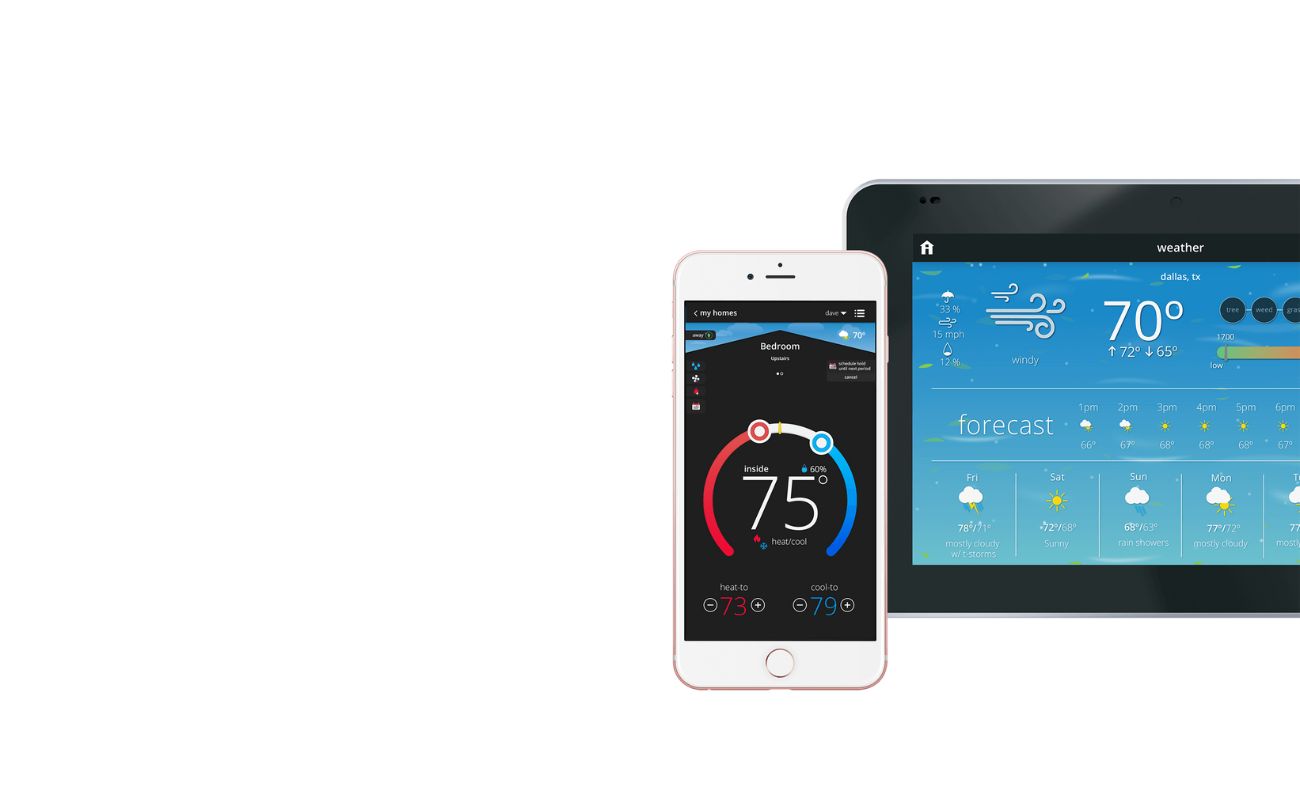
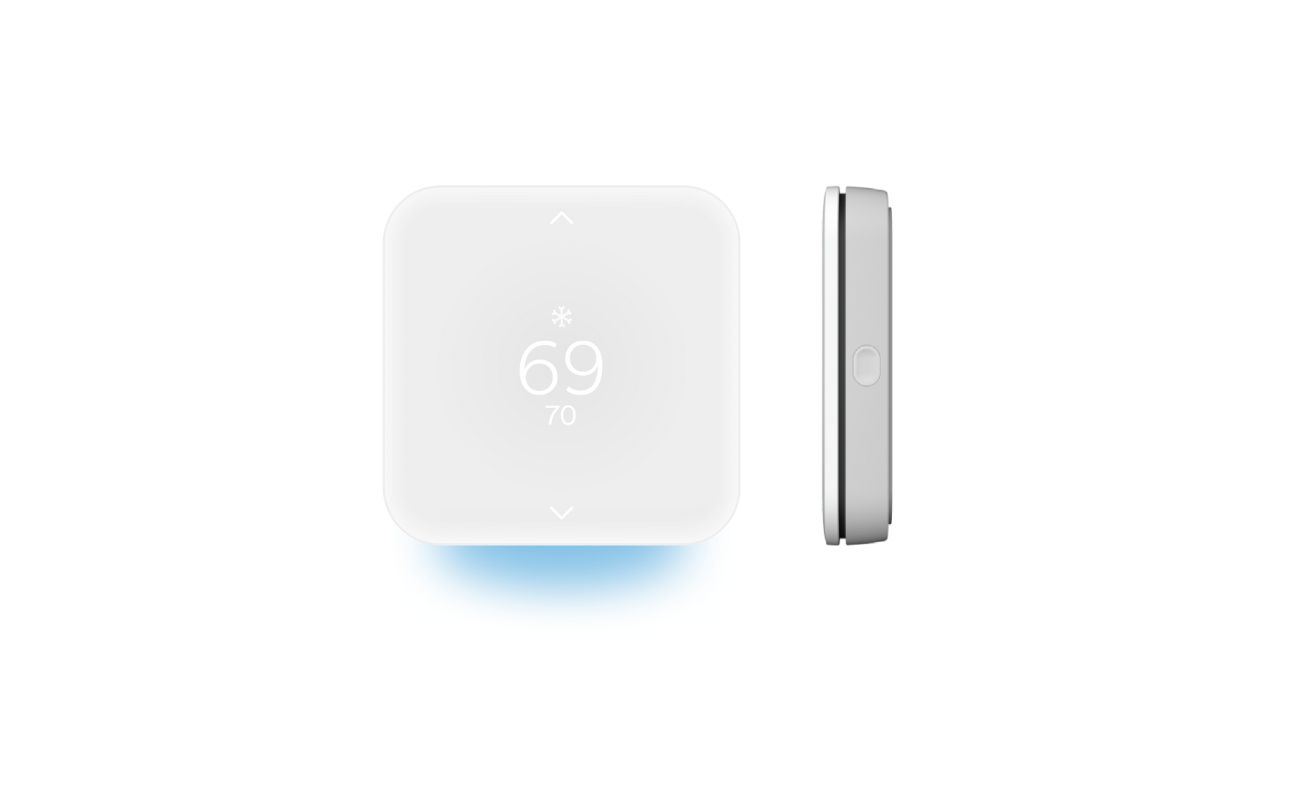
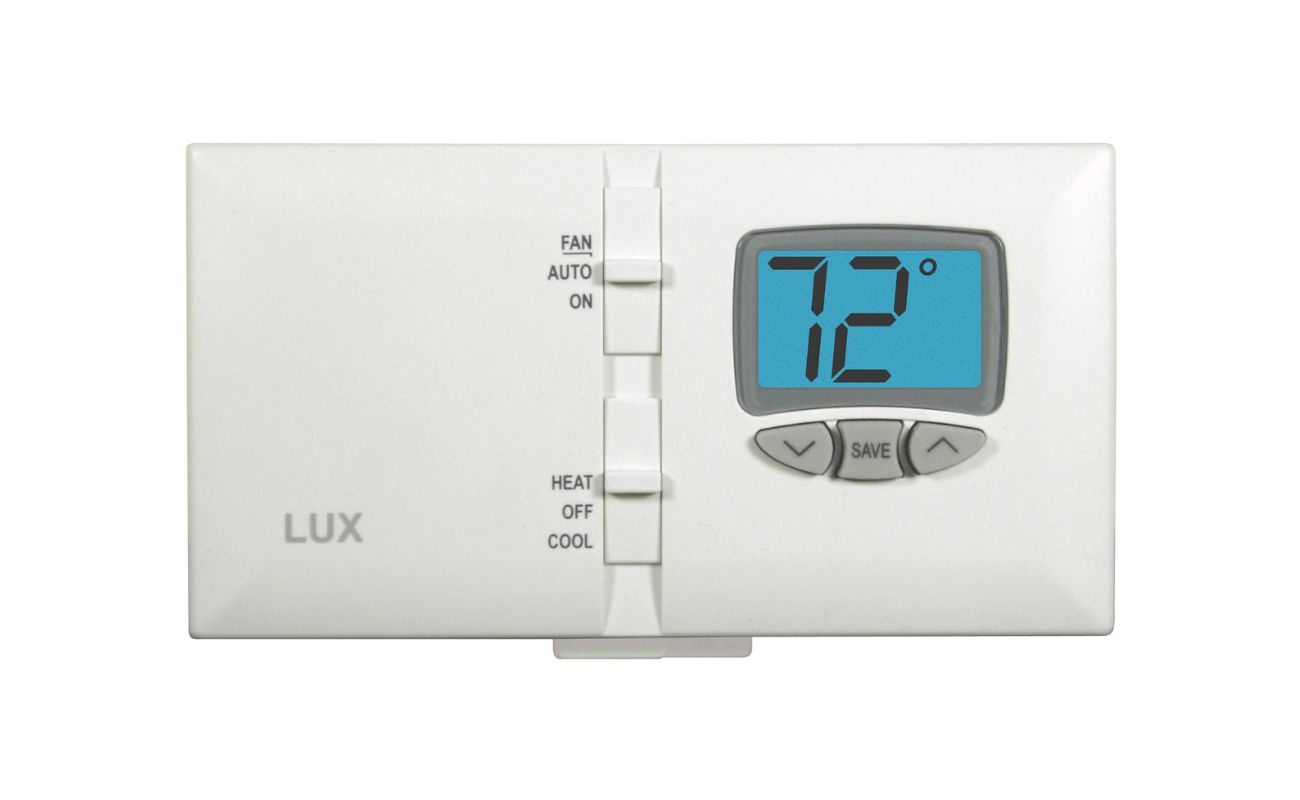
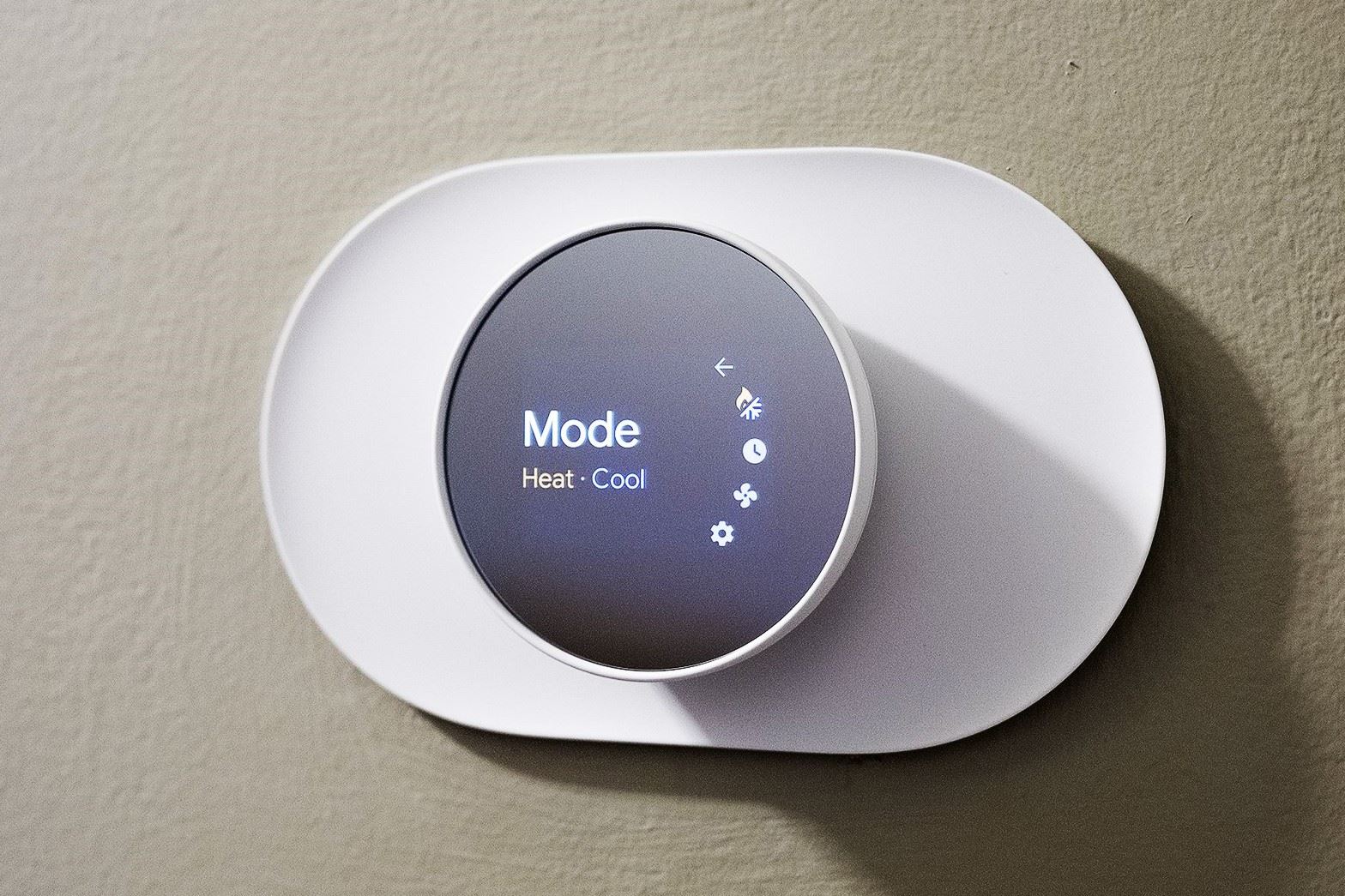
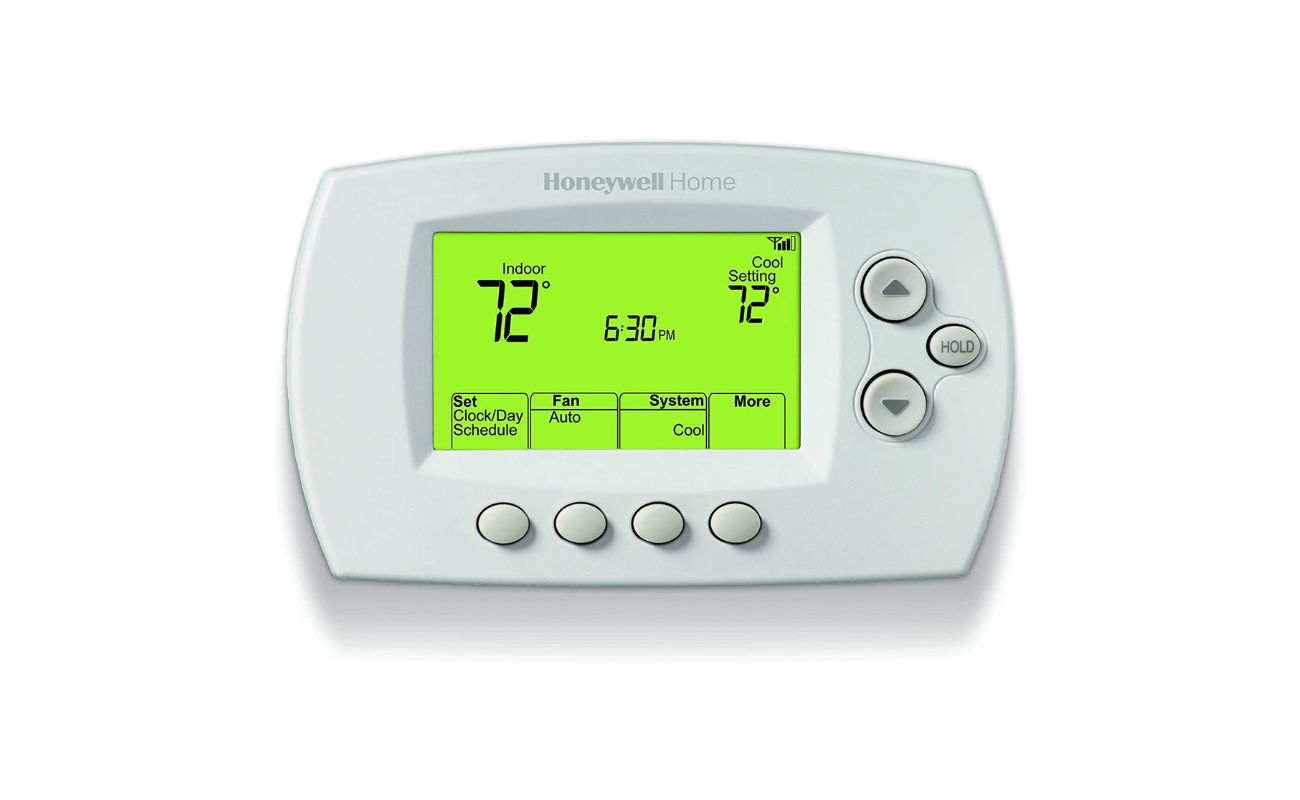
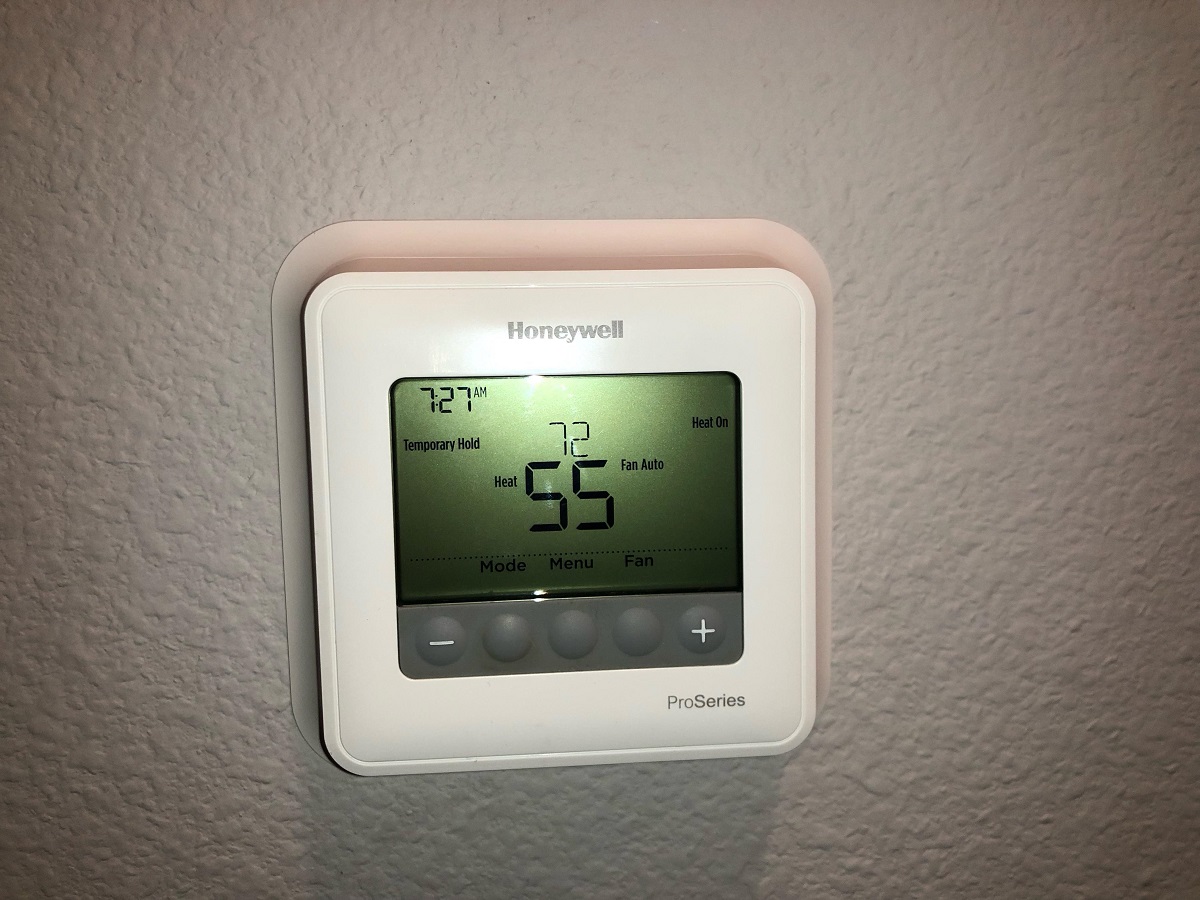
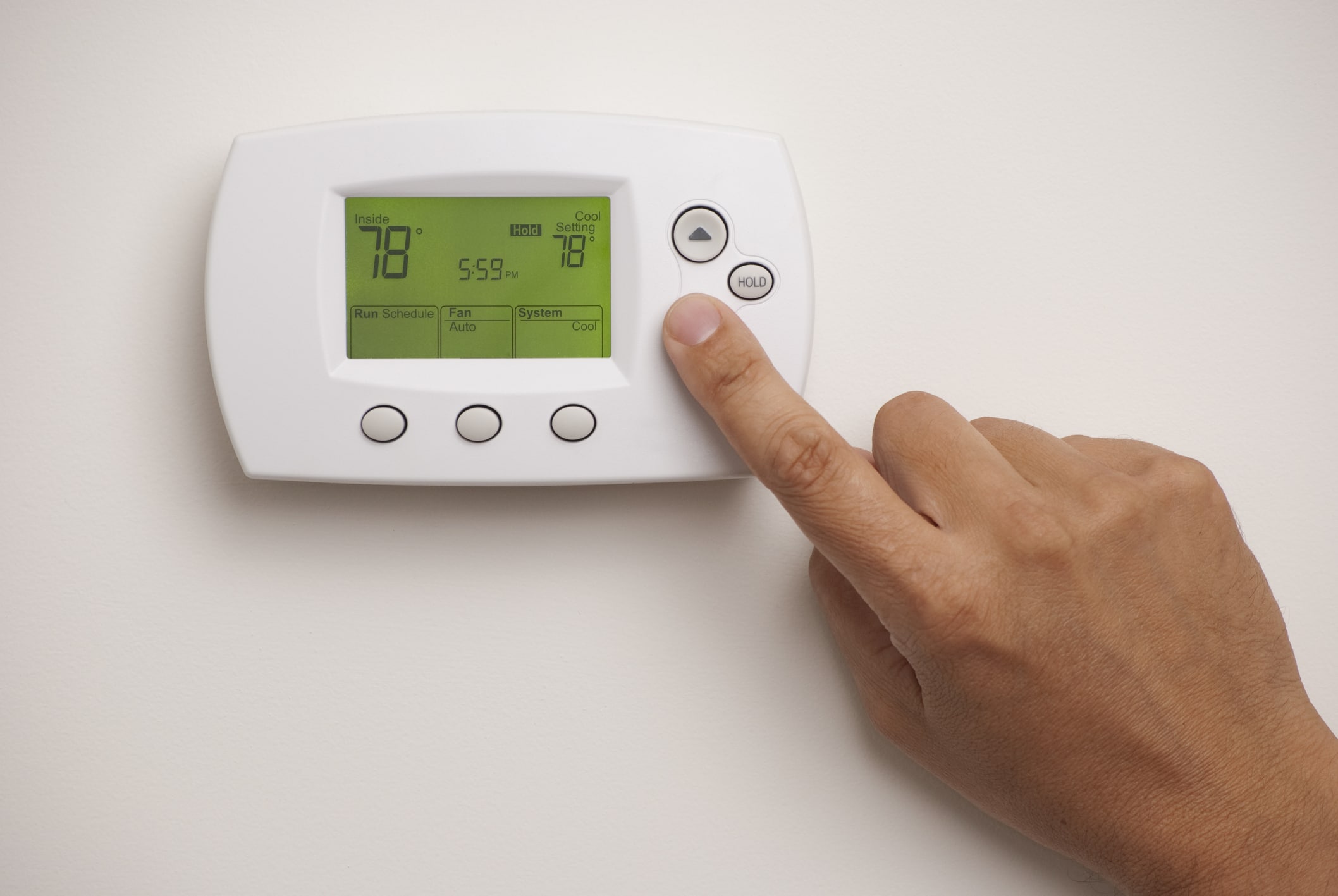
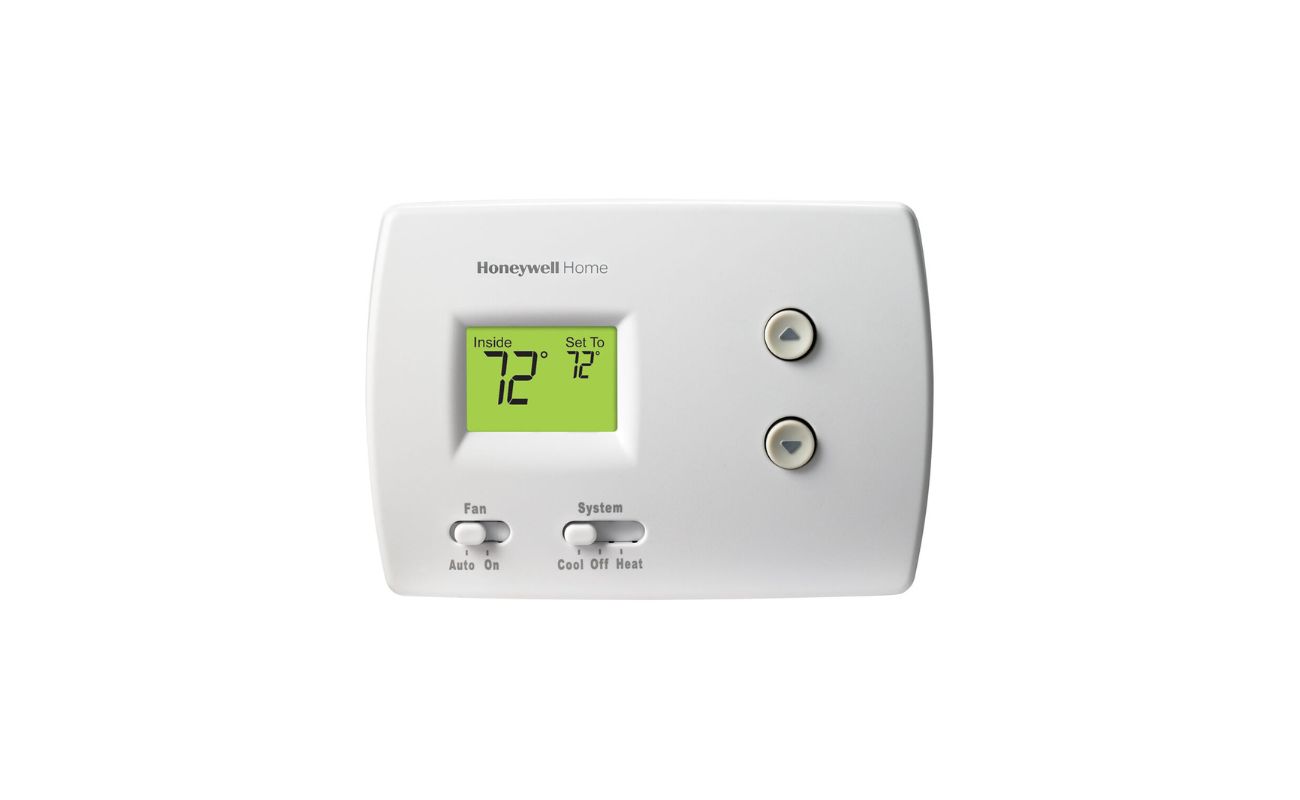

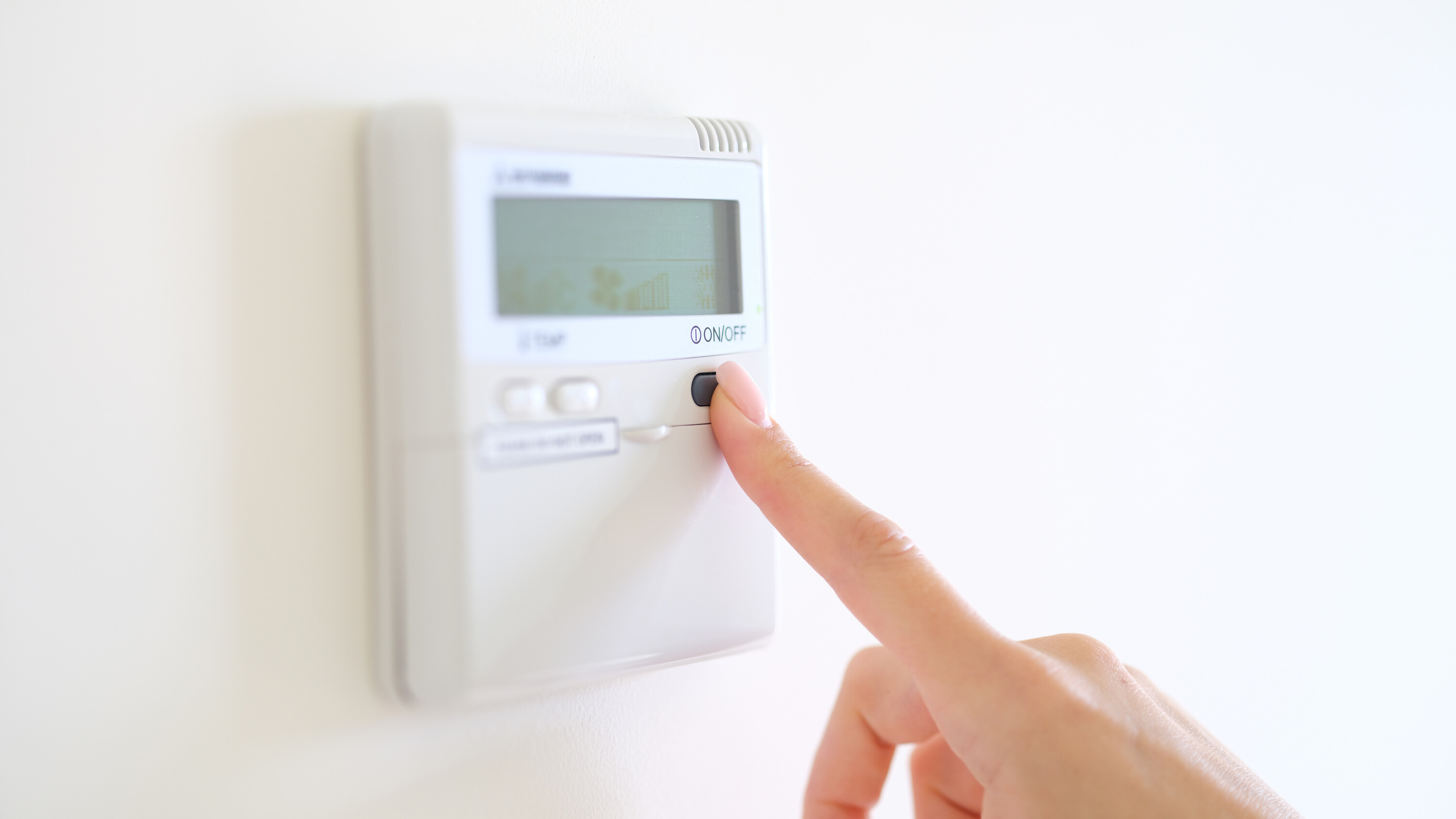
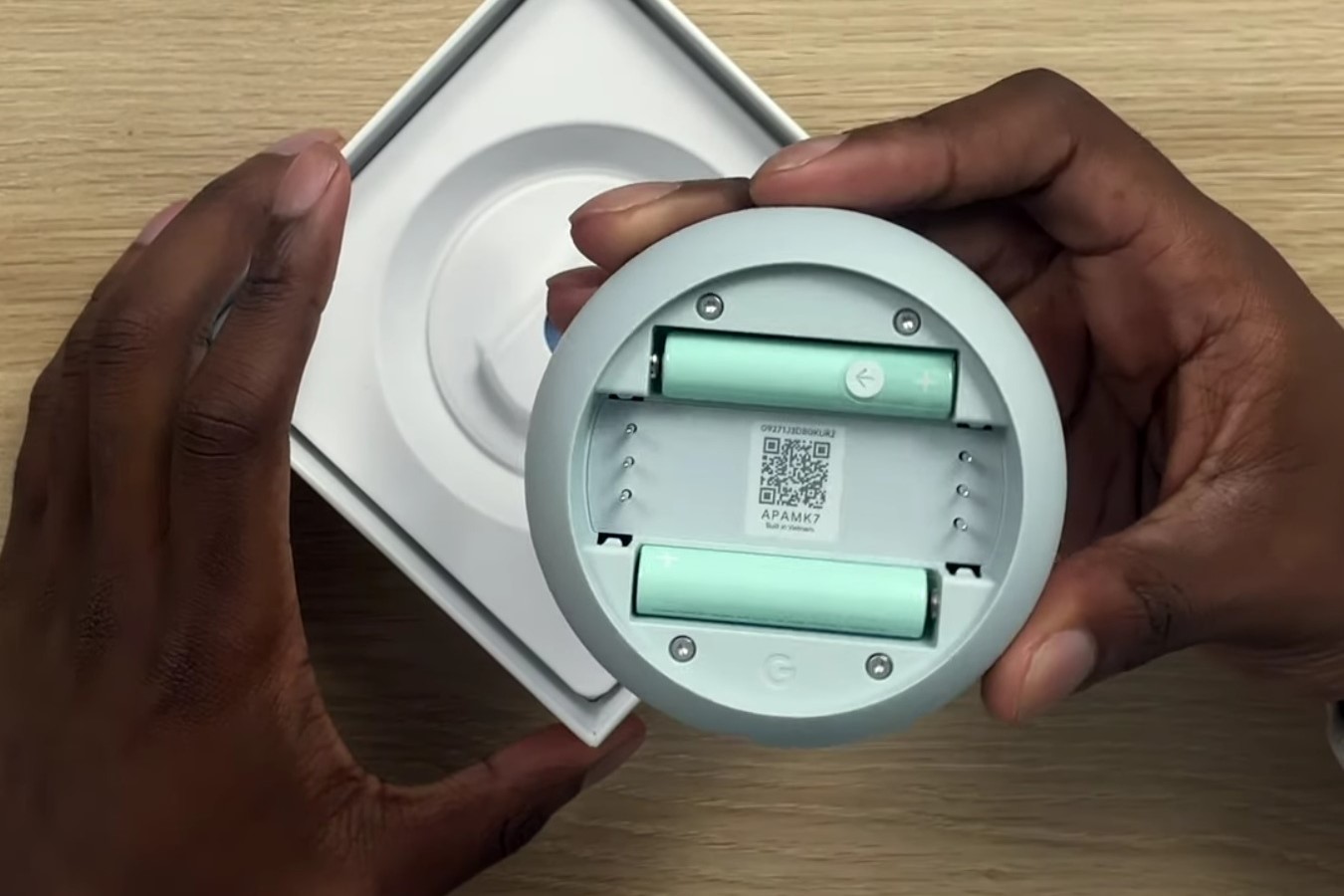
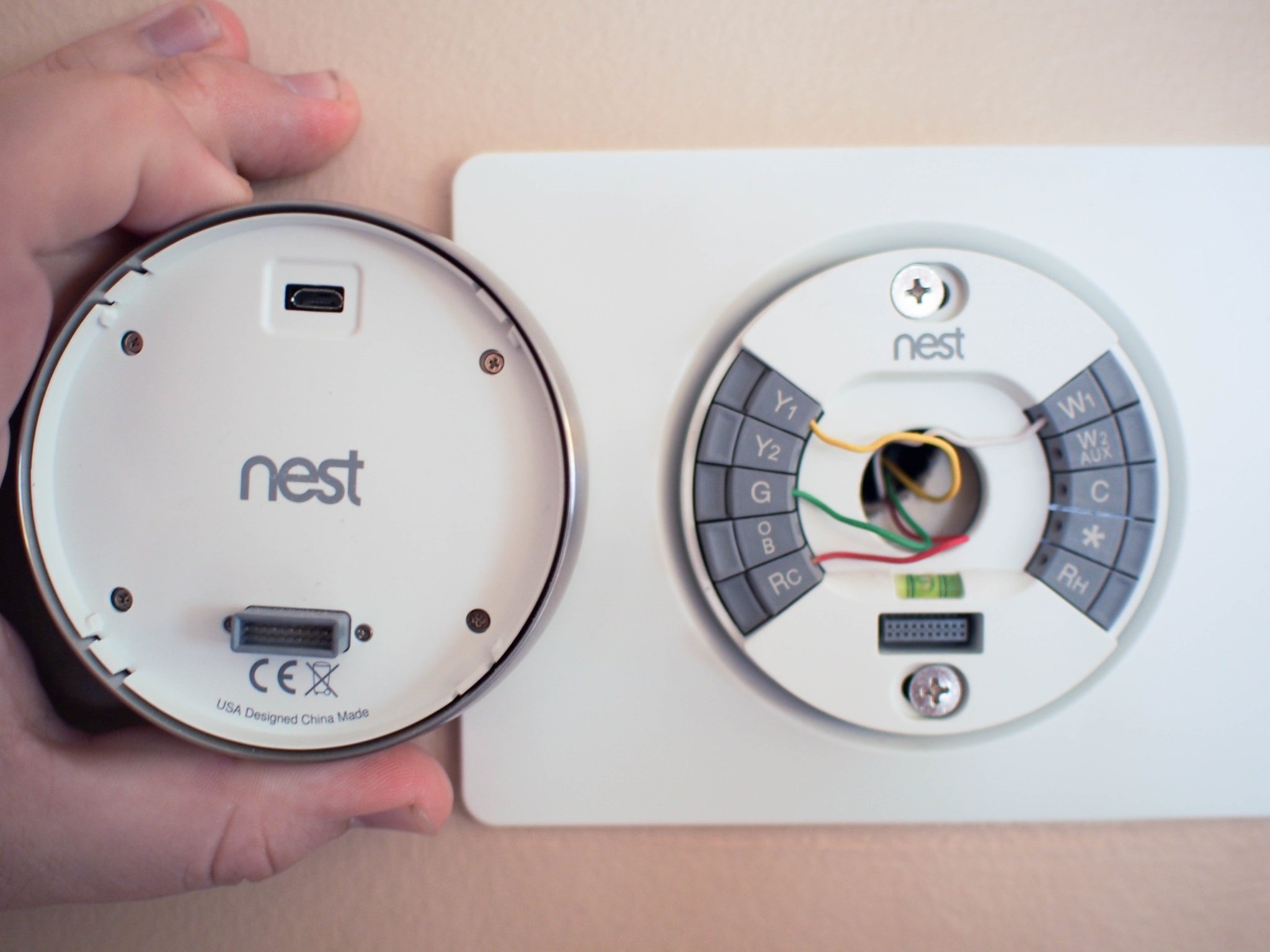
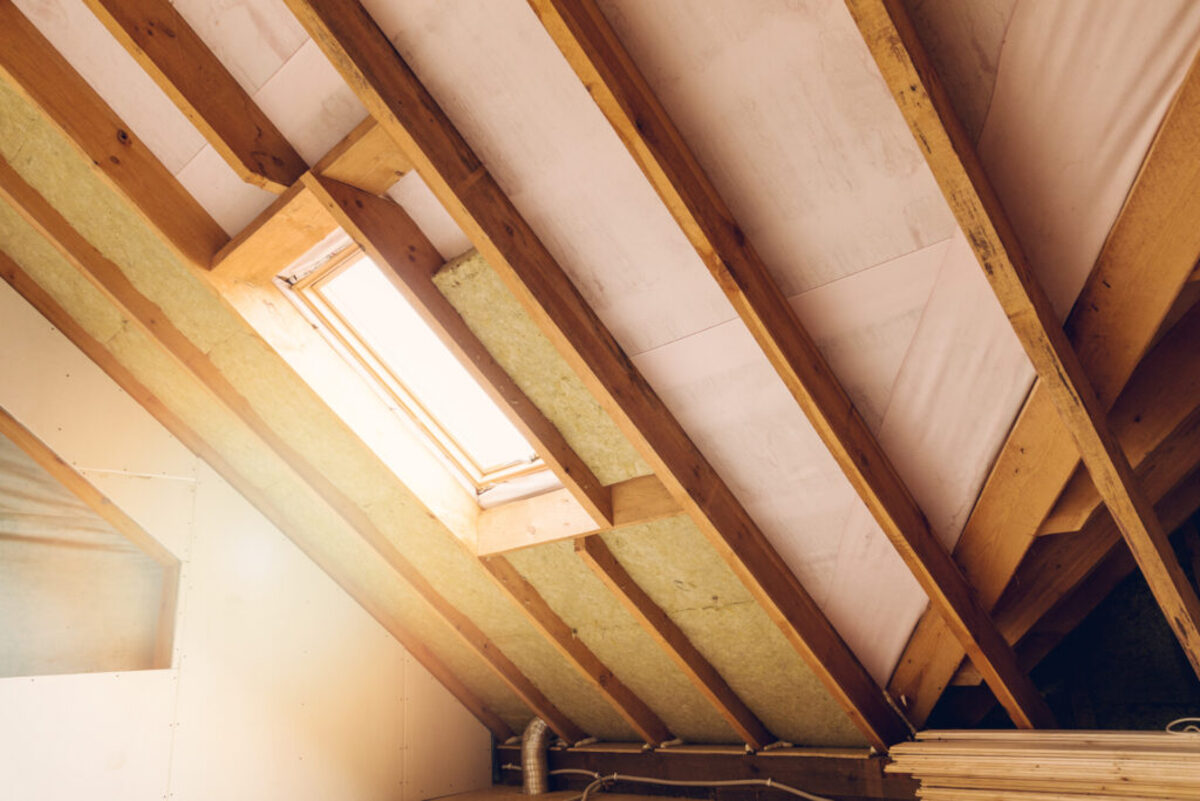

0 thoughts on “Why Does My Thermostat Need Batteries”